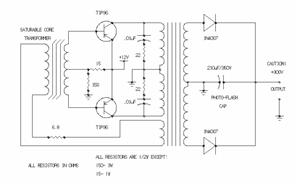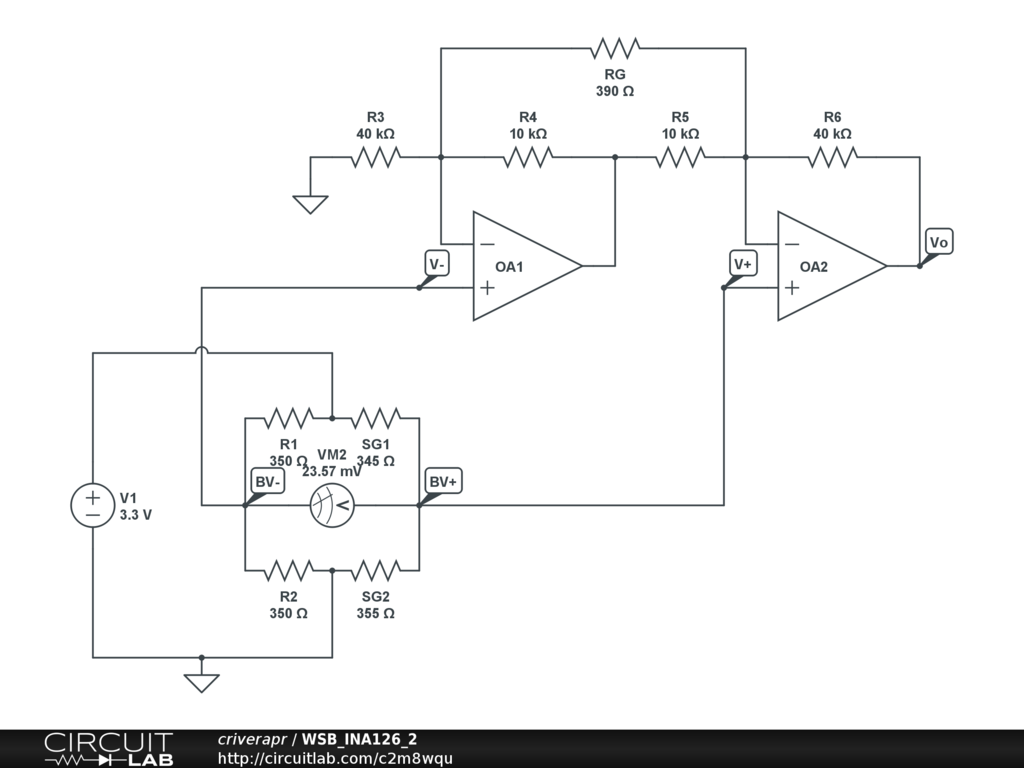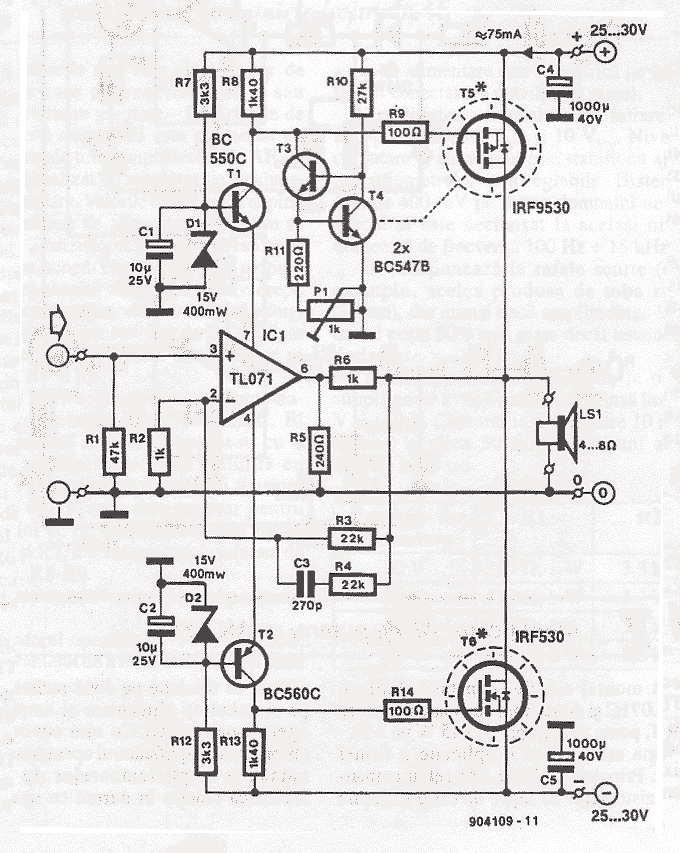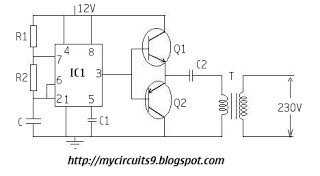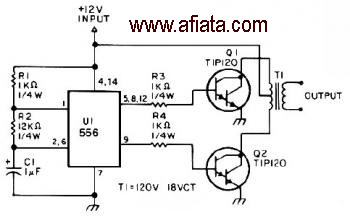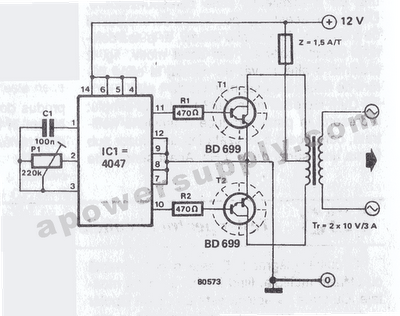
full bridge inverter with mosfet ir2110

The plan for the full bridge inverter circuit involves using IRF2807 MOSFETs (75V Vds, 82A Ids) and two IR2110 driver ICs. Previous attempts to create an H-Bridge for a DC motor were unsuccessful. The DC input voltage is 34V, sourced from two series solar panels, with a power rating of approximately 100 Watts, necessitating a maximum current drain of about 10A. The inverter's output will be connected to an 18V to 220V step-up transformer. The control method will utilize hysteresis current control, resulting in a variable switching frequency of up to 100 kHz. There is a requirement for electrical isolation between the microcontroller and the power circuit. The proposed configuration includes an optocoupler for isolation, with a setup involving a microcontroller (ATmega 8535 at 16 MHz), a buffer IC, the optocoupler, and the IR2110. Inquiry is made regarding the necessary component adjustments, including the potential need to replace diodes with fast recovery types and modify resistor values. It is suggested that an isolation transformer may be a preferable solution for ground isolation over an optocoupler, allowing the use of a small gate drive transformer buffered by totem-pole outputs, thus eliminating the need for high-side capable driver ICs.
The full bridge inverter circuit design incorporates key components such as the IRF2807 MOSFETs and IR2110 driver ICs, which are crucial for efficient power conversion and switching. The IRF2807, with its high voltage and current ratings, is suitable for handling the demands of the system, particularly with a 34V input and a maximum current requirement of 10A. The IR2110 drivers are selected for their ability to drive the high-side and low-side MOSFETs effectively, providing the necessary gate drive voltage levels for switching.
The choice of a hysteresis current control method is significant, as it allows for adaptive control of the switching frequency, which can enhance performance under varying load conditions. The specified maximum frequency of 100 kHz indicates a need for careful selection of components to handle rapid switching without introducing excessive losses or thermal issues.
To achieve isolation between the microcontroller and the power circuit, the proposed use of an optocoupler is a common practice. The configuration involving the ATmega 8535 microcontroller, buffer IC, optocoupler, and IR2110 is designed to ensure that the control signals are transmitted without direct electrical connection, thus protecting the microcontroller from high voltages present in the power circuit.
Further considerations include the recommendation to use fast recovery diodes in the circuit. This modification can improve the efficiency of the inverter by reducing reverse recovery losses, which is particularly important in high-frequency applications. Adjusting resistor values may also be necessary to optimize the performance of the circuit, ensuring that the gate drive signals are appropriately tailored to the characteristics of the MOSFETs and the overall circuit dynamics.
The alternative suggestion of employing an isolation transformer provides a robust method for ground isolation, which can simplify the design by removing the need for high-side driver ICs. This approach allows for the use of a gate drive transformer, which can effectively isolate the control signals while providing the necessary drive capability for the MOSFETs. The totem-pole configuration would further enhance the drive strength, ensuring reliable switching performance under varying load conditions.
Overall, the design of the full bridge inverter circuit requires careful consideration of component selection, isolation methods, and control strategies to achieve optimal performance and reliability in the intended application.For the full bridge inverter circuit i planned to use IRF2807 (75V Vds, 82A Ids) and Two IR2110 for the driver. I never use IR2110 before and failed many time when i want to make a H-Bridge for DC motor last year.
My DC input voltage is 34V (2 series solar panel), The power rating is about 100Watt so the MOSFET should able to drain about 10A max c urrent. The output of the inverter will be connected to 18V - 220V step up transformer. My controller will use hysteresis current control method so the switching frequency is not fixed and varied up to 100kHz. and i want to isolate (different ground) between my micro controller and power circuit. How can i use the optocoupler to isolate it is there any optically isolated buffer since i planned to use buffer (micro controller (ATmega 8535, 16MHz -> Buffer IC -> Optocoupler -> IR2110).
Based on the specification, is there any component that i should change read before to change the diode to the fast recovery one, and change the resistor value. If you have to isolate your ground, I would recommend you to use isolation transformer instead of optocoupler.
In this, you will no longer need to use high-side capable driver ICs, you will instead use a small gate drive transformer, buffered by the totem-poles. 🔗 External reference
The full bridge inverter circuit design incorporates key components such as the IRF2807 MOSFETs and IR2110 driver ICs, which are crucial for efficient power conversion and switching. The IRF2807, with its high voltage and current ratings, is suitable for handling the demands of the system, particularly with a 34V input and a maximum current requirement of 10A. The IR2110 drivers are selected for their ability to drive the high-side and low-side MOSFETs effectively, providing the necessary gate drive voltage levels for switching.
The choice of a hysteresis current control method is significant, as it allows for adaptive control of the switching frequency, which can enhance performance under varying load conditions. The specified maximum frequency of 100 kHz indicates a need for careful selection of components to handle rapid switching without introducing excessive losses or thermal issues.
To achieve isolation between the microcontroller and the power circuit, the proposed use of an optocoupler is a common practice. The configuration involving the ATmega 8535 microcontroller, buffer IC, optocoupler, and IR2110 is designed to ensure that the control signals are transmitted without direct electrical connection, thus protecting the microcontroller from high voltages present in the power circuit.
Further considerations include the recommendation to use fast recovery diodes in the circuit. This modification can improve the efficiency of the inverter by reducing reverse recovery losses, which is particularly important in high-frequency applications. Adjusting resistor values may also be necessary to optimize the performance of the circuit, ensuring that the gate drive signals are appropriately tailored to the characteristics of the MOSFETs and the overall circuit dynamics.
The alternative suggestion of employing an isolation transformer provides a robust method for ground isolation, which can simplify the design by removing the need for high-side driver ICs. This approach allows for the use of a gate drive transformer, which can effectively isolate the control signals while providing the necessary drive capability for the MOSFETs. The totem-pole configuration would further enhance the drive strength, ensuring reliable switching performance under varying load conditions.
Overall, the design of the full bridge inverter circuit requires careful consideration of component selection, isolation methods, and control strategies to achieve optimal performance and reliability in the intended application.For the full bridge inverter circuit i planned to use IRF2807 (75V Vds, 82A Ids) and Two IR2110 for the driver. I never use IR2110 before and failed many time when i want to make a H-Bridge for DC motor last year.
My DC input voltage is 34V (2 series solar panel), The power rating is about 100Watt so the MOSFET should able to drain about 10A max c urrent. The output of the inverter will be connected to 18V - 220V step up transformer. My controller will use hysteresis current control method so the switching frequency is not fixed and varied up to 100kHz. and i want to isolate (different ground) between my micro controller and power circuit. How can i use the optocoupler to isolate it is there any optically isolated buffer since i planned to use buffer (micro controller (ATmega 8535, 16MHz -> Buffer IC -> Optocoupler -> IR2110).
Based on the specification, is there any component that i should change read before to change the diode to the fast recovery one, and change the resistor value. If you have to isolate your ground, I would recommend you to use isolation transformer instead of optocoupler.
In this, you will no longer need to use high-side capable driver ICs, you will instead use a small gate drive transformer, buffered by the totem-poles. 🔗 External reference
